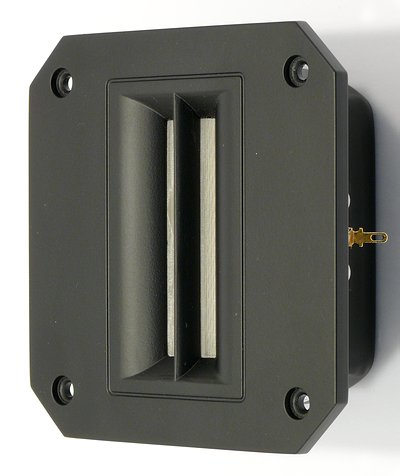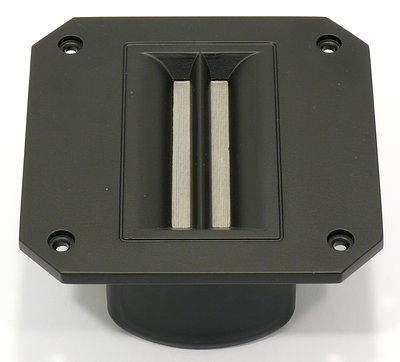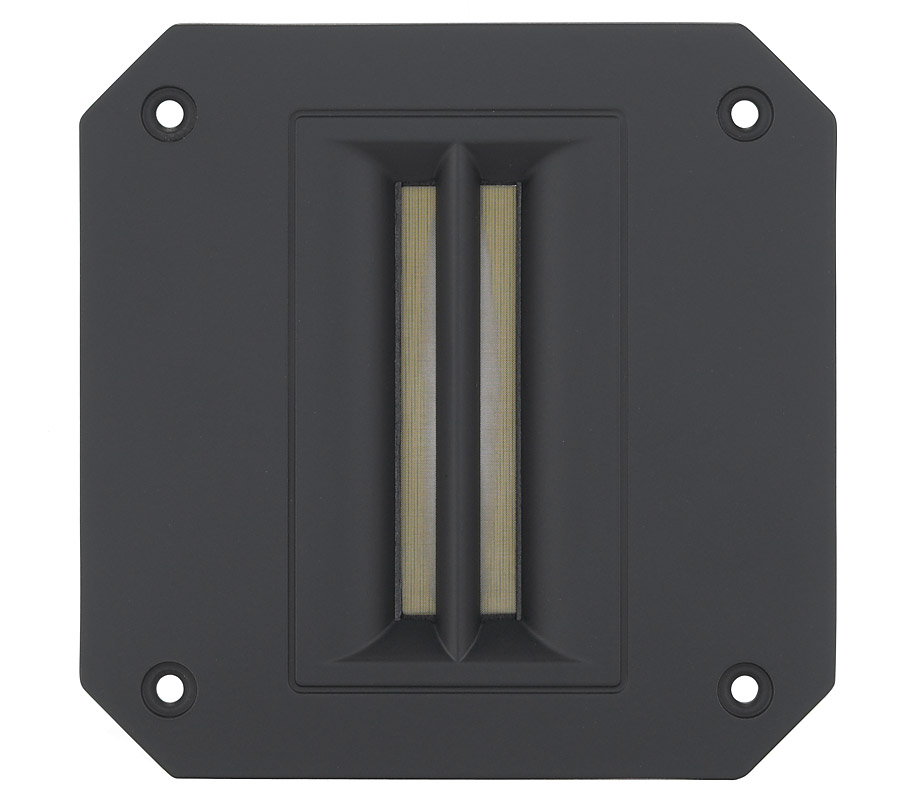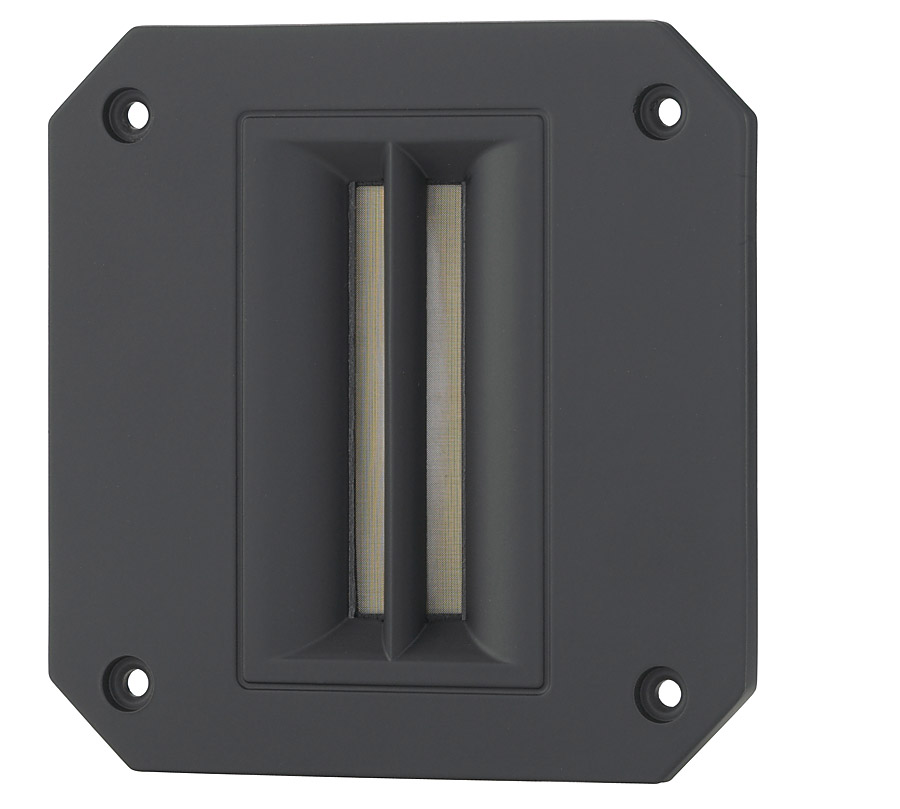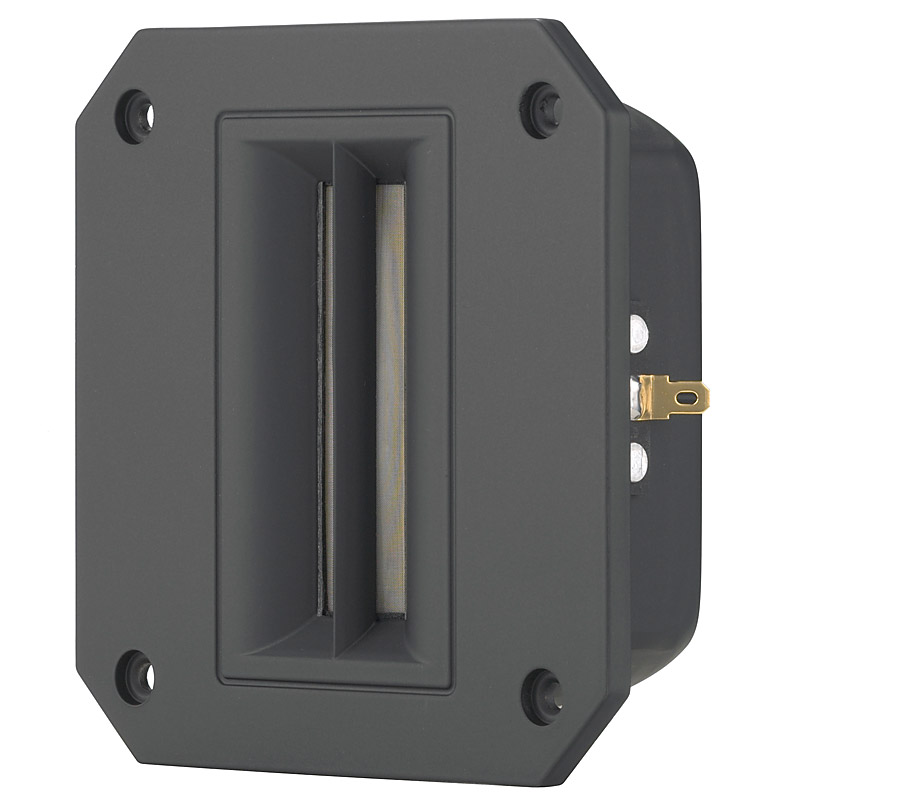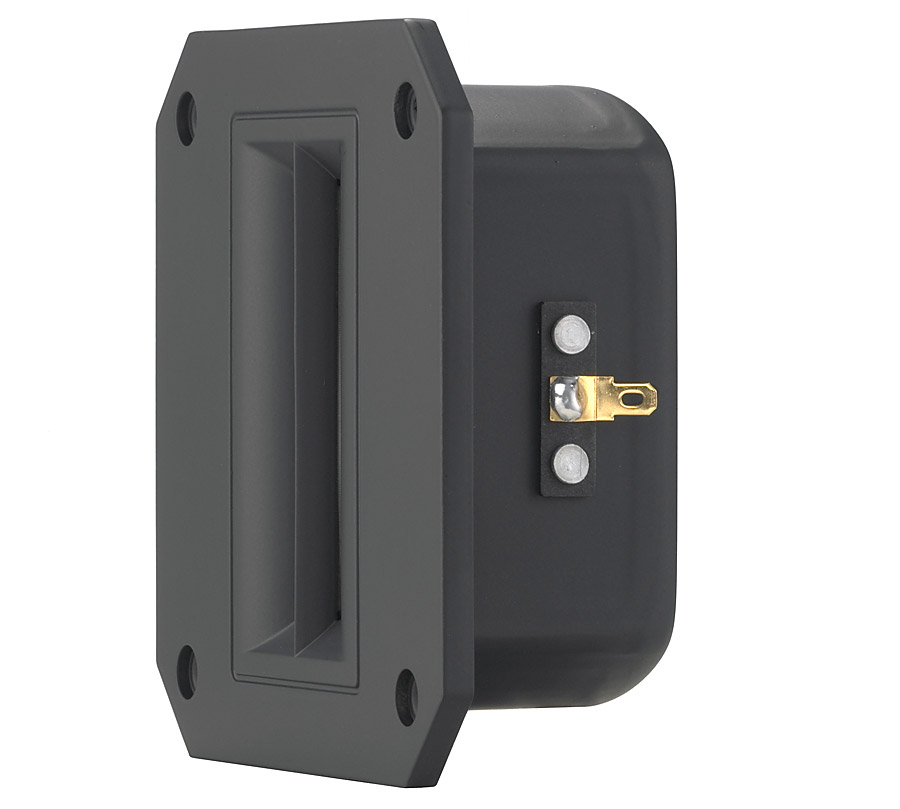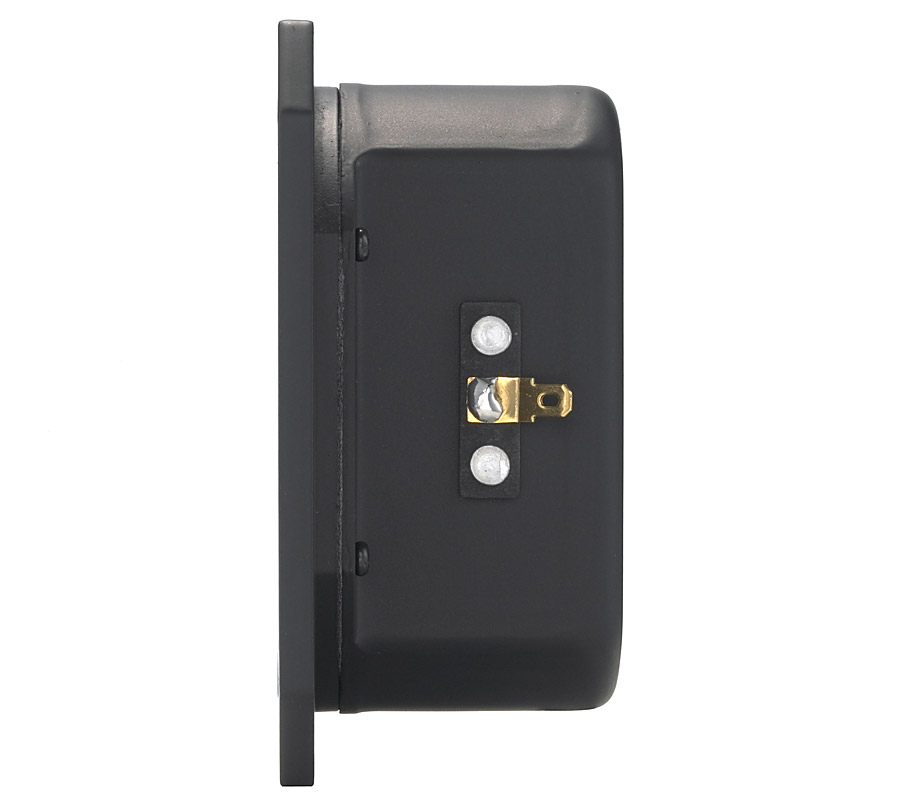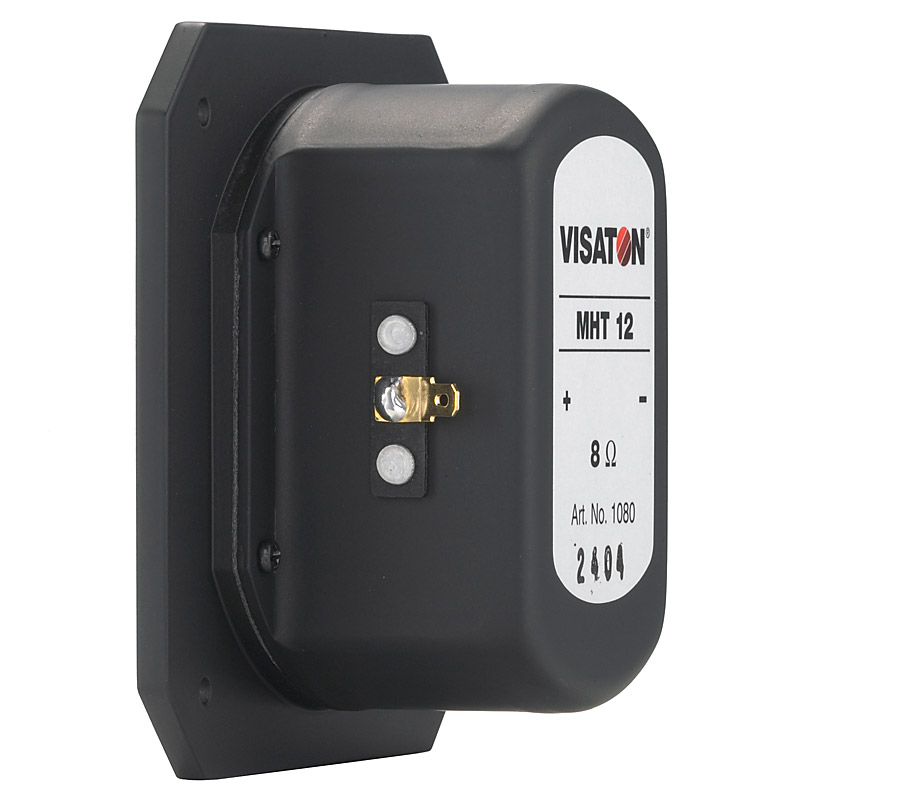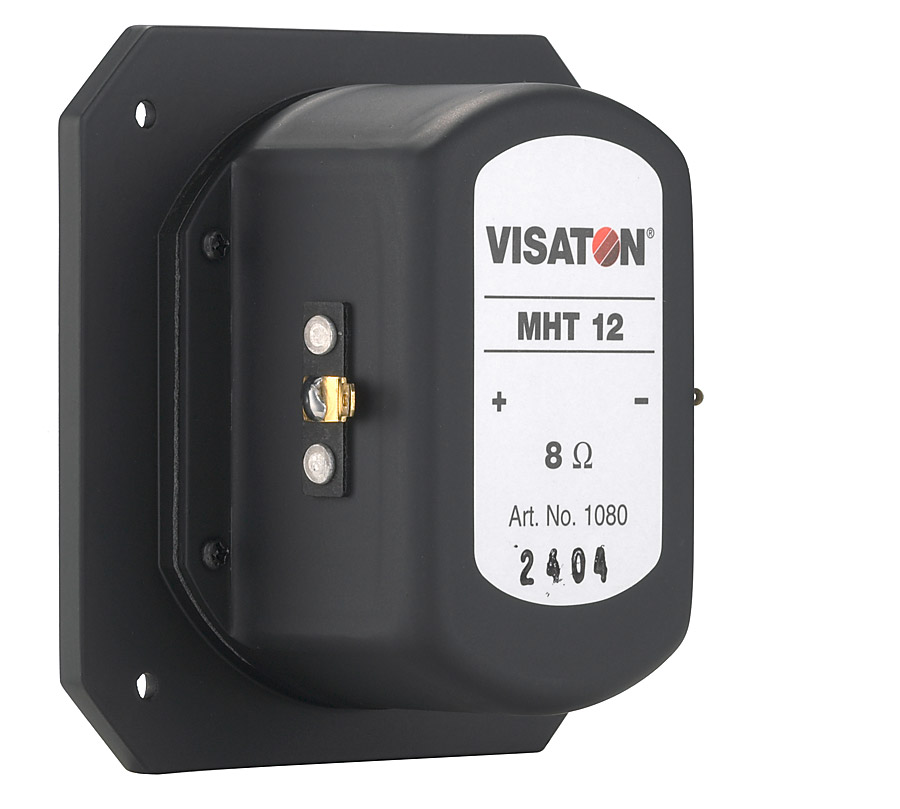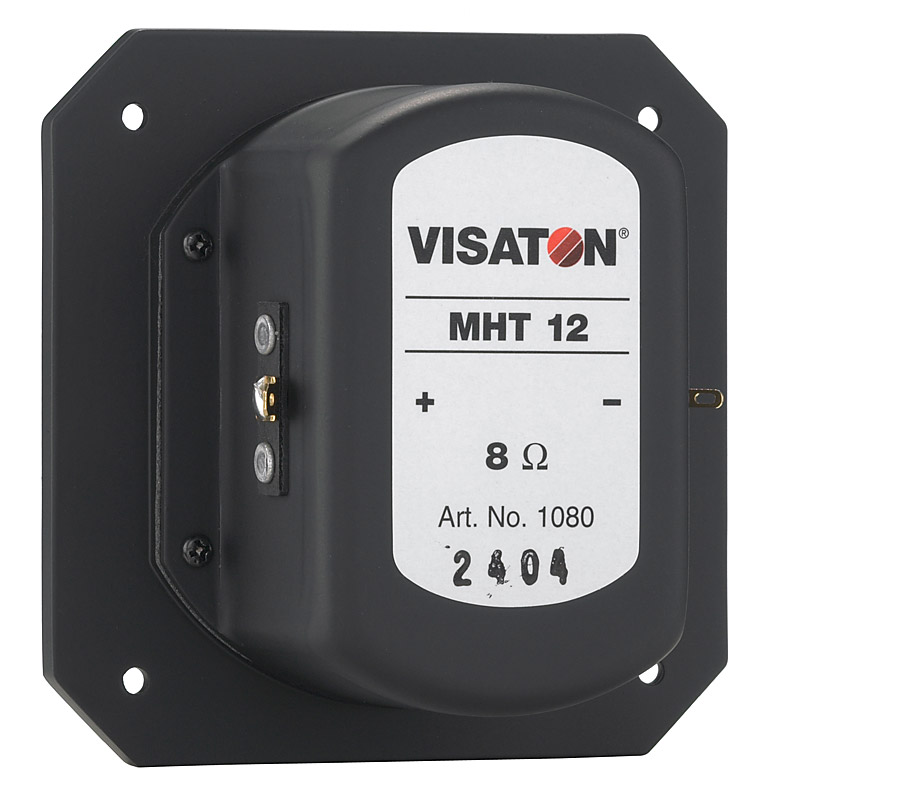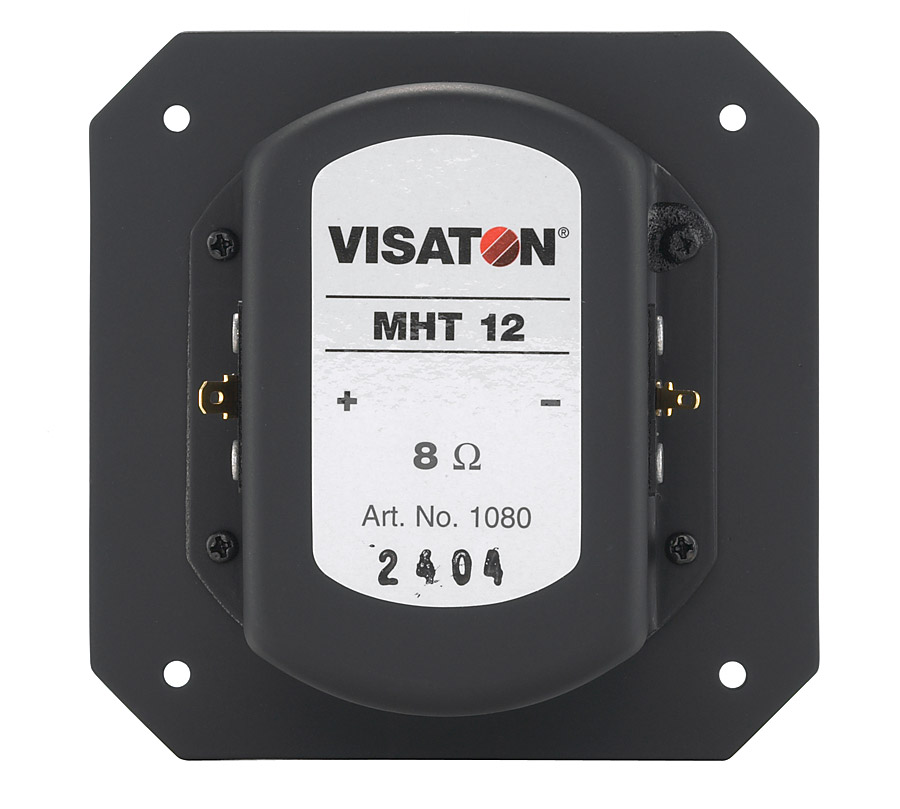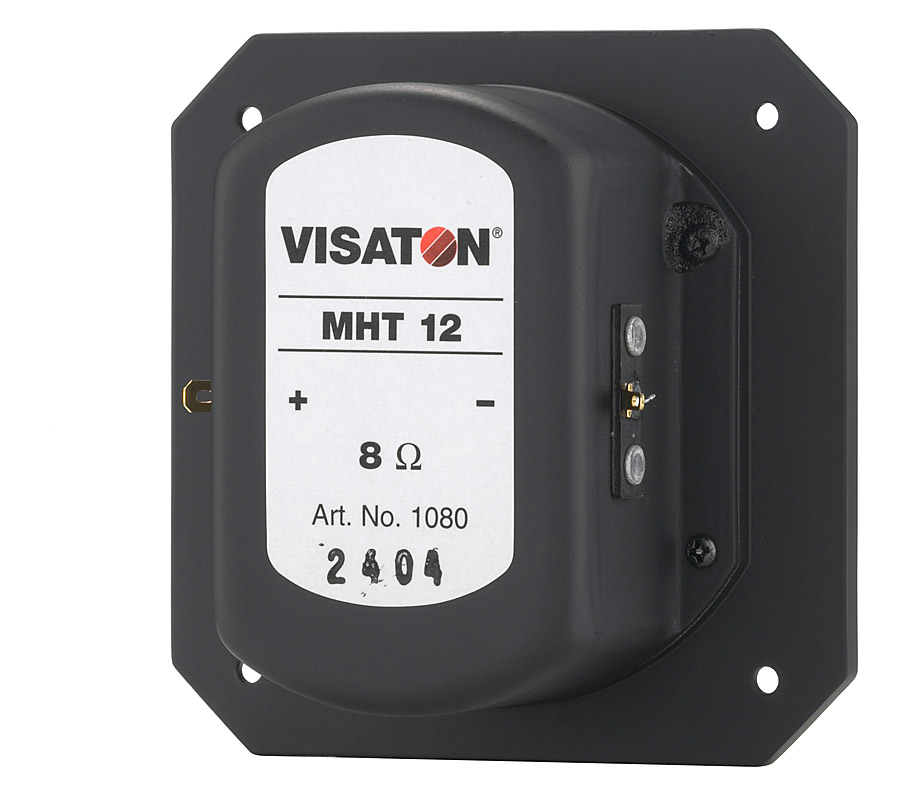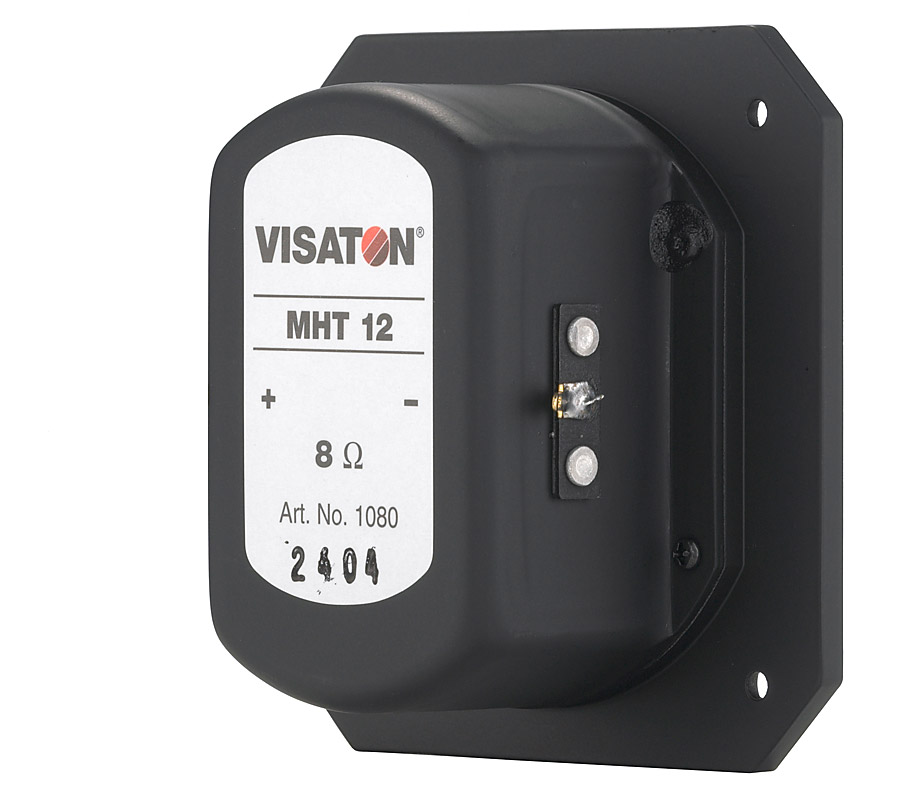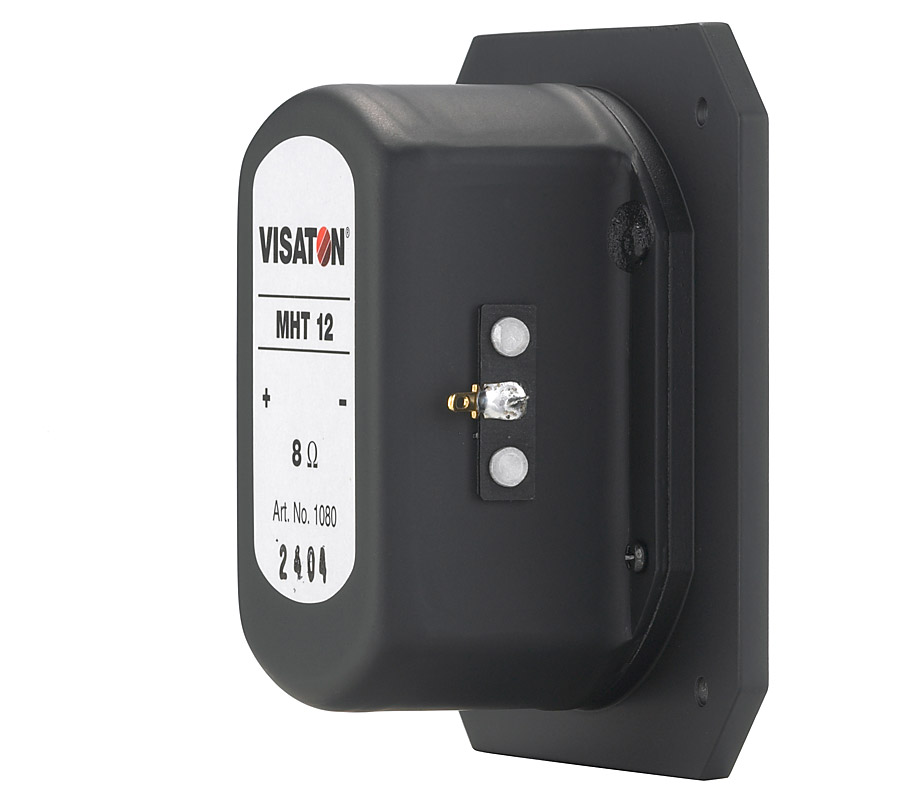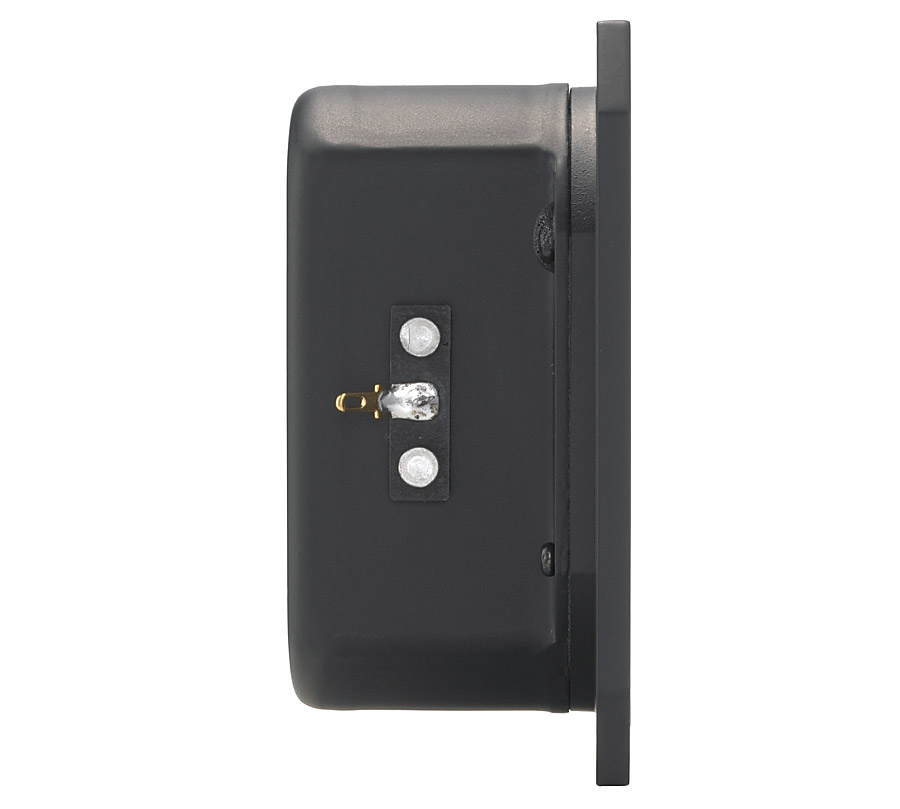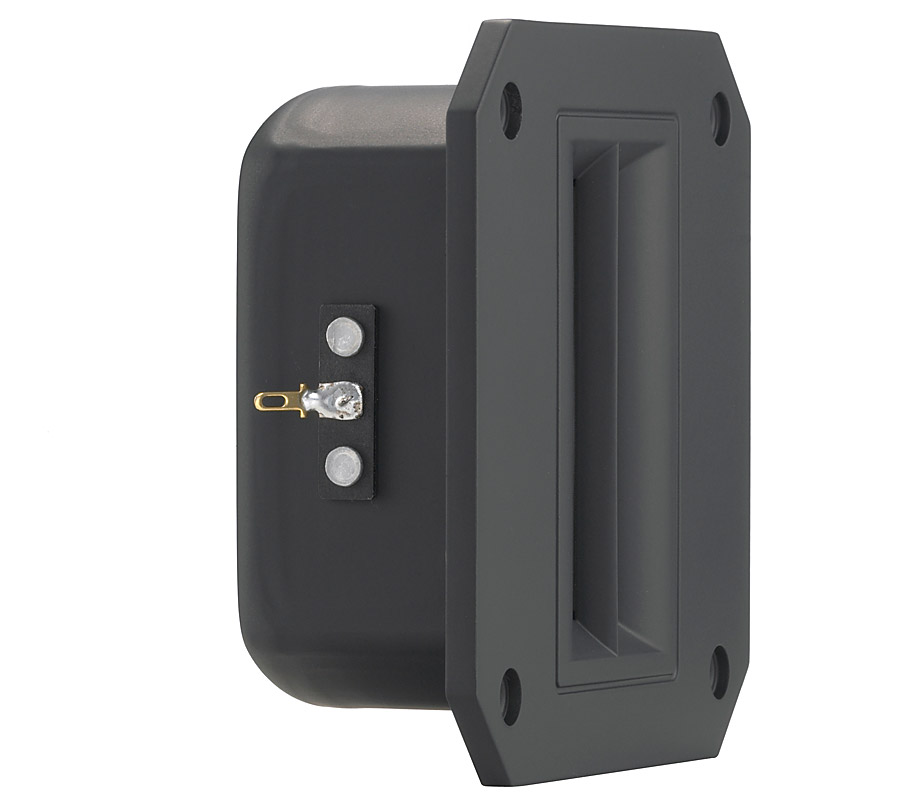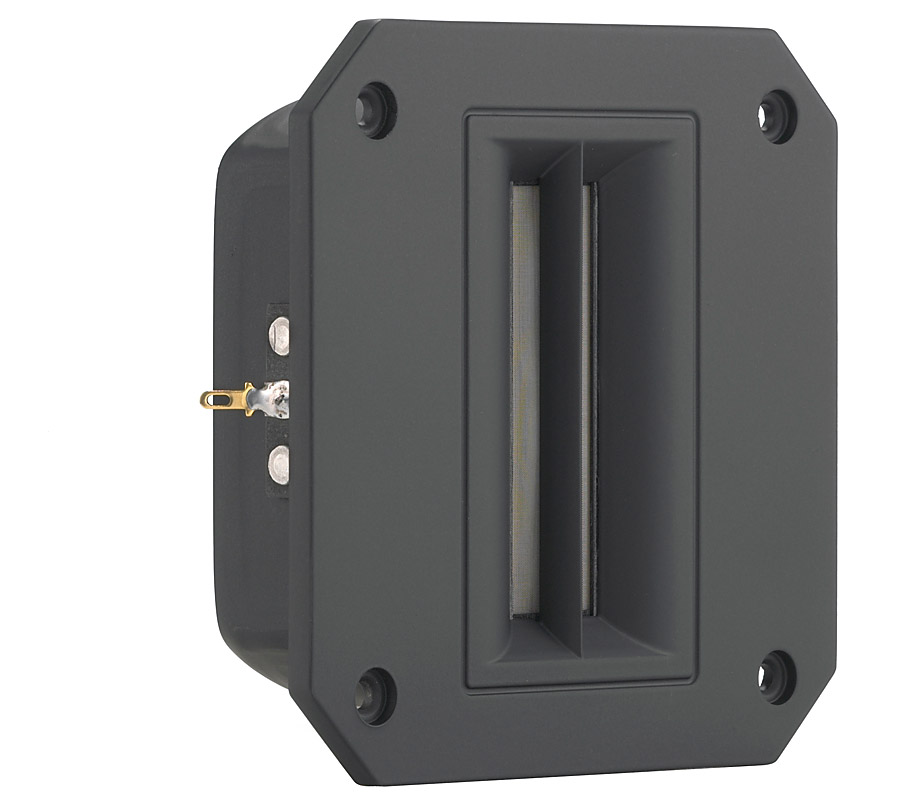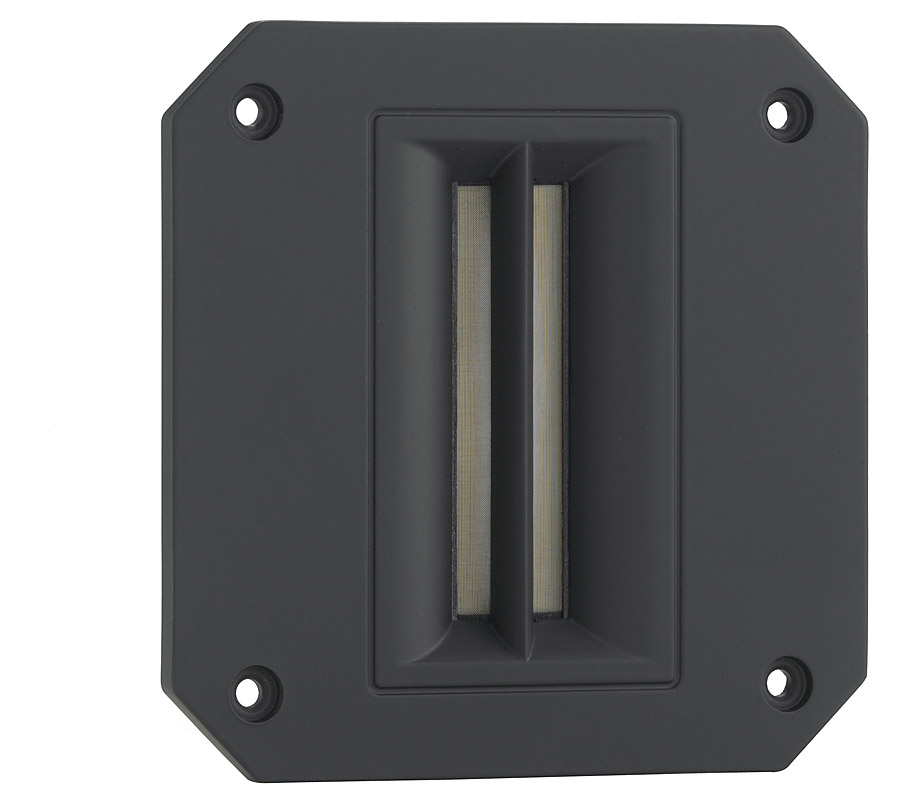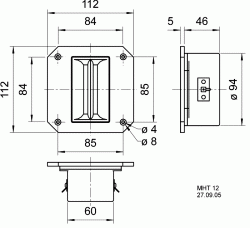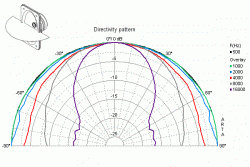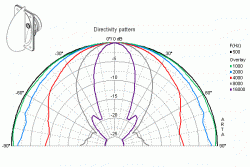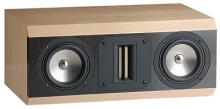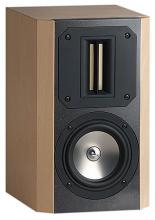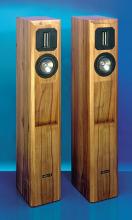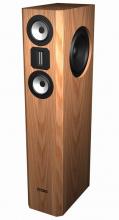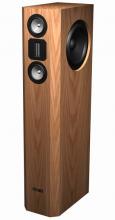TI 100 - 8 Ohm and MHT 12 - 8 Ohm are clearly two of the best drivers VISATON has to offer. The Hobby HiFi editors developed the TOPASmodel on the basis of these drivers by combining them in a delicate-looking, unusual speaker cabinet and demonstrating that they do, indeed, harmonise together beautifully. Compared with the original Hobby HiFi proposal, we have now slightly modified the crossover in order to achieve a warmer-sounding effect which guarantees long-term, relaxed enjoyment. By modifying the inner damping, it has also been possible to simplify the housing and suppress resonance even more effectively.
It is not only the spatial effects and the accuracy of the separation that are impressive, the frequency response is also unusually broad. The upper limiting frequency is at 40 kHz which is well outside the audible range. The lower 35 Hz limit is remarkably low for a 10 cm woofer. This is achieved by fine-tuning the cabinet in the borderline area between vented bass and transmission line. Obviously, the small-diameter TI 100 - 8 Ohmcan only reproduce such deep bass at a limited volume level. The physical limits are dictated by the surface area of the diaphragm and the length of stroke. The TOPAS is, as a result, not intended for reproducing powerful rock music or action-packed movies. But it is surprising how often visitors say to us, after hearing a demonstration of really large, powerful speakers, "That's all very well. But at home I can hardly turn them up to that sort of volume anyway." The TOPAS has been specially designed for people like that. Small and homely but with bass quality that will have your visitors' eyes roaming the room looking for a hidden subwoofer.
The TOPAS will take loads of 40 / 60 watts measured using standard measuring techniques. This does not mean, however, that the amplifier can not have a higher output level than this. It is possible to use an amp with a far higher output than this provided you take it easy with the volume settings and do not turn up the volume to a level that causes distortion in the sound quality. TOPAS speakers should be kept out of the reach of small children and overtly merry partygoers.
